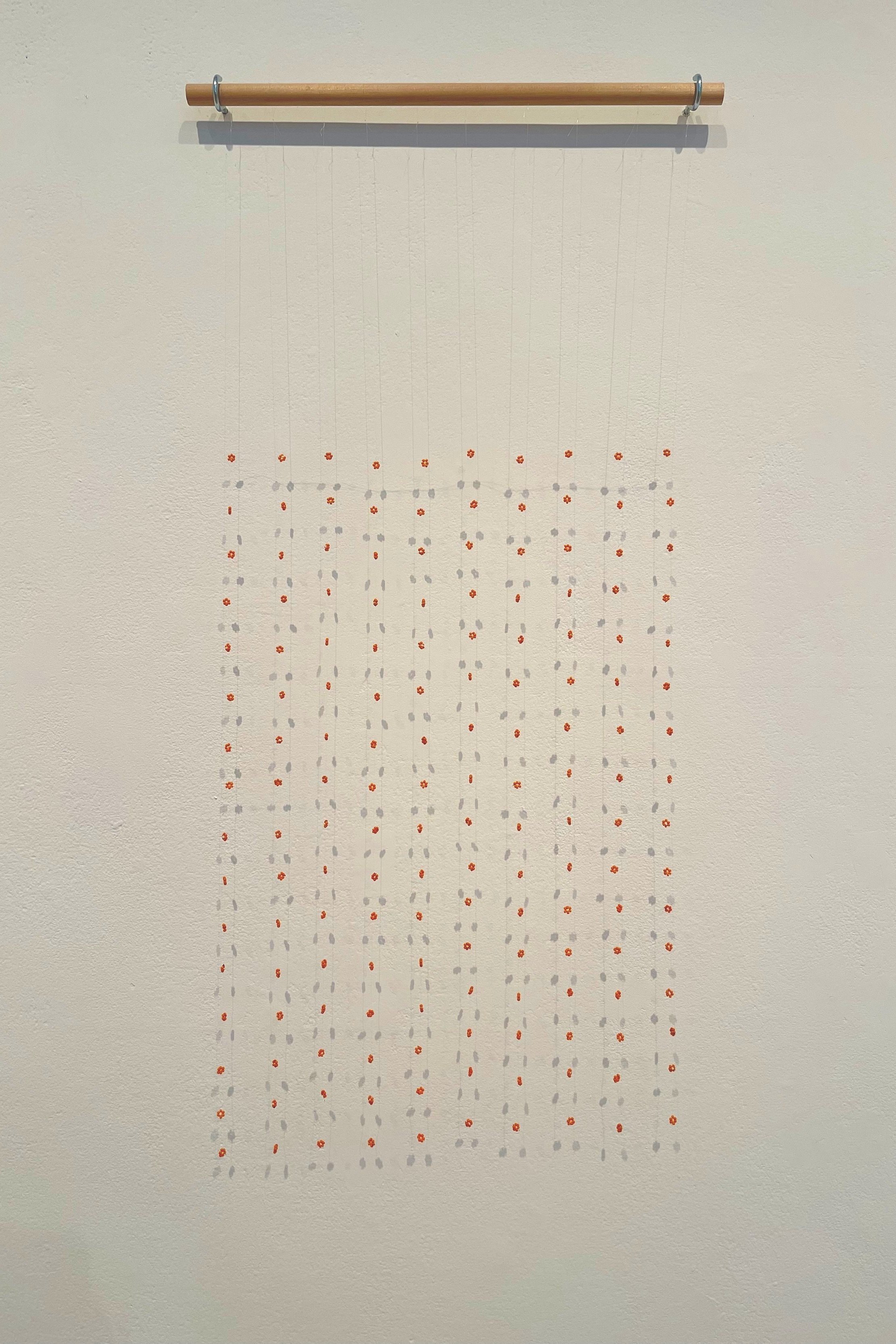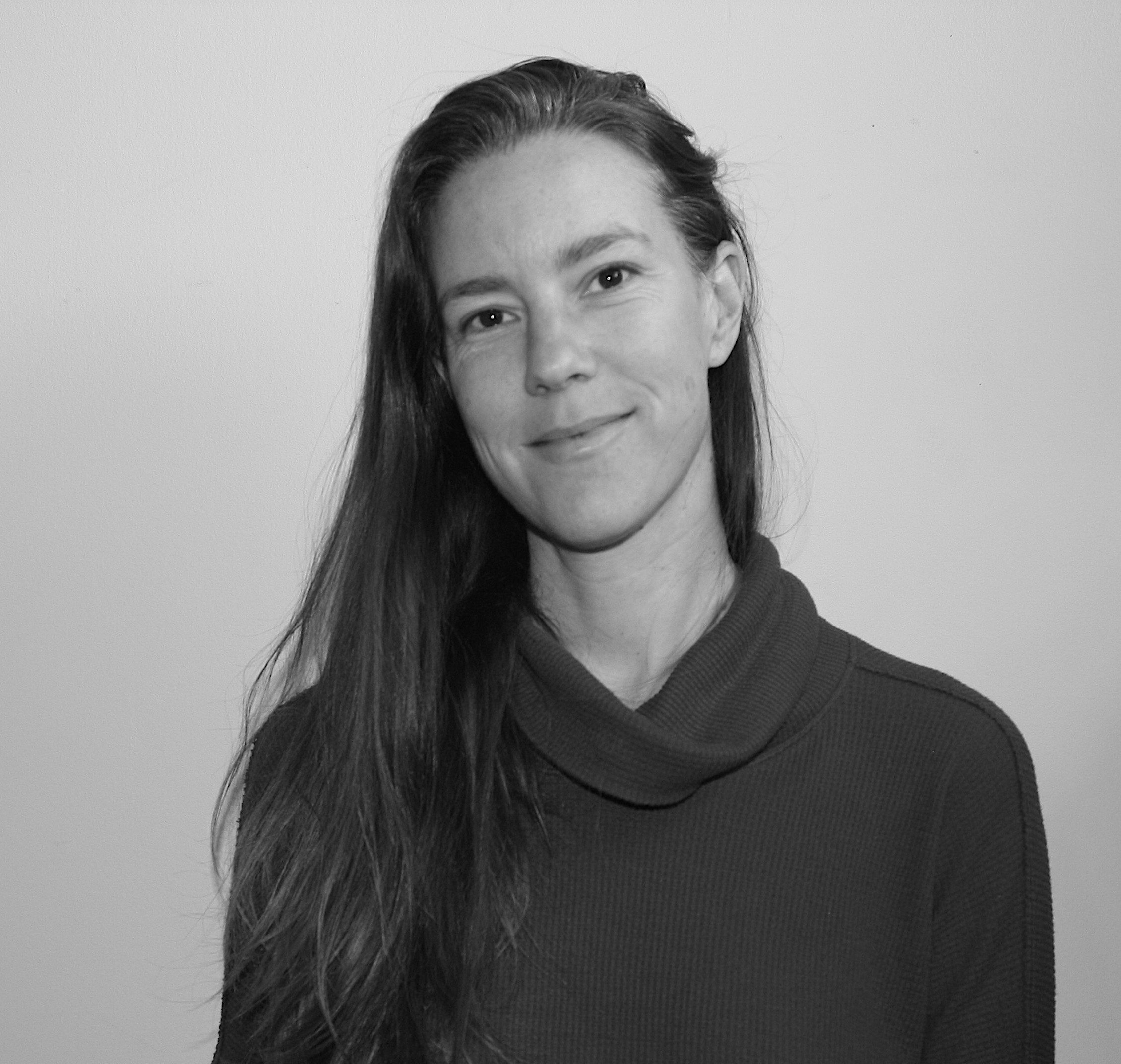
Dates: August 6 -October 29, 2022
For Love, Loss & Land addresses ancestral homelands, territories of residence and global realities of the love and the loss of land. Considering these unfolding and developing histories alongside what it means to live on Indigenous lands in the wake of the Truth and Reconciliation Commission of Canada, the ongoing, uncovering of children’s graves at Residential Schools crime scenes, and expressions of love towards the lands on which we live and come from, this exhibition tenderly keeps these conversations at the forefront through the works in the gallery by Rain Cabana-Boucher and Jinny Yu and performances by Guadalupe Martinez and Manuel Axel Strain.
Prompting reflection and offering space for remembrance and respite, the gallery has been set to observe the care and attention needed to support the sensitive nature of the exhibition content, as well as the folks who come to see the show and those directly impacted.
Opening: August 5, 6-9pm
For Love, Loss & Land opens on Friday August 5 at 6pm with a reception celebrating the four exhibiting artists coming together through these important conversations and introducing the Open Space community to these artists and their work.
Artists Discussion: August 6 at 2pm
On Saturday August 6 at 2pm, we invite you to an in-person discussion with the artists and curators in the gallery.
Performance by Guadalupe Martinez: September 24 at 3pm, p’álәc’әs (Songhees Point)
Performance by Manuel Axel Strain: October 22 at 4pm, in the gallery
Indigenous Community Beading Circles with Rain Cabana-Boucher: October 17 & November 4, limited spaces, Victoria Native Friendship Centre
Rain Cabana-Boucher
Guadalupe Martinez
Manuel Axel Strain
Jinny Yu
Curated by Eli Hirtle and Toby Lawrence
Banner image: Rain Cabana-Boucher, Laying Flowers, 2021-ongoing. Image courtesy of artist.
Performances
Guadalupe Martinez
The length of my arms
September 24, 3pm
Meet at the Spindle Whorl at p’álәc’әs (PAH-lu-tsuss) Songhees Point, at the entrance to Victoria Harbour
The length of my arms evokes the complex relationships we hold with place and land, looking at how history and narratives intertwine through materiality, perception, memory and meaning-making. How do we engage with place and land? What are we giving? What are we receiving? What are we transforming? What are we forgetting or denying? What are we creating? How is this place an extension of my body? and how is my body an extension of this place? Through participatory ritual and durational gesture, The length of my arms brings together found objects from different landmarks around the region, with personal objects contributed by local participants, to draw attention to the ways in which relationships to place are both within the material and the affective memories of its people and communities. This work further touches on how perceptions of a place are inherently messy, not perfectly organized or archived, while highlighting the complexities and juxtapositions of different perceptions and understandings. While there is tension, there is also truth in each form of creating meaning.
Participants: Gerry Ambers, Lindsay Katsitsakatste Delaronde, Toby Lawrence, Sofi Martinez and Chrystal Phan
Manuel Axel Strain with mother Tracey Eustache and Lavatta Frank
October 22, 4pm
In the gallery
Manuel Axel Strain creates artwork in collaboration with and reference to their relatives. Their shared experiences become a source of agency that resonates through their work with performance, land, painting, sculpture, photography, video, sound and installation. Their artworks often envelop subjects in relation with ancestral and community ties, Indigeneity, labour, resource extraction, gender, Indigenous medicine and life forces. Strain often perceives their work to confront and undermine the imposed realities of colonialism. Proposing a new space beyond its oppressive systems of power.
Performance of Needed Medicine by Manuel Axel Strain, 2020. Image credit: Nicole Brabant.
We Are Still Here
Participants: Doug Jarvis and Toby Lawrence
Installations
Rain Cabana-Boucher
Laying Flowers
“Indigenous people across Canada and Turtle Island are experiencing a devastating and reoccurring trauma, with the uncovering of our lost little ones, Le Estcwicwéy̓, (The Missing, as named by Tk’emlúps te Secwe̓pemc), at residential “school” sites. We are all in mourning for these small spirits who were taken away from their parents, grandparents and communities, and were never allowed to return home. Laying Flowers is done in honour of each child found at these sites, I, along with community, have beaded each orange daisy with great care and tenderness.
Shortly before the news broke about Kamloops Residential school, someone I am close to asked me to bring flowers to an Indian Agent’s grave, which came as a shock. This project began when the first 215 children were discovered during the summer of 2021 and is in response to the painful “news” that Indigenous people have always been aware of since their children never came home. I chose flowers in response to the request made to me and I chose to bead daisies in an ongoing commitment to honour each lost little one found. This project has expanded and become a community project, where other Indigenous people are encouraged to bead orange daisies of their own, in hopes to offer a small chance to heal and process this overwhelming grief.
Many of the children lost would still be with us today as knowledge keepers, language speakers, and elders if they had not been forcibly removed in the name of genocide. “
139 residential "schools"
Jinny Yu
Perpetual Guest
“Perpetual Guest made and shown first on the unceded territory of Algonquin Anishinàbe Nation;
then on the unceded Haudenosaunee and Anishinaabe territories;
then on Mohkinstsis, the traditional territories of the Blackfoot Confederacy (Siksika, Piikani, Amskapi Piikani, and Kainai First Nations), the Tsuut’ina First Nation, and the Iyarhe/Stoney Nakoda First Nation, also home to the Métis Nation of Alberta, Region III;
and now on the land of the lək̓ʷəŋən People.”
Read more about Perpetual Guest here:
-

Rain Cabana-Boucher
is a Michif/British settler interdisciplinary artist. Cabana-Boucher is originally from treaty six territory, Saskatoon, Saskatchewan. Her family has historic ties to the Michif communities of St-François-Xavier, St. Boniface and St. Louis, Saskatchewan. Currently, she lives and works as an uninvited guest on the stolen land of the Sḵwx̱wú7mesh, Səl̓ílwətaʔ and xwməθkwəy̓əm Nations. Cabana-Boucher is a recent recipient of the Takao Tanabe prize for British Columbia Painters and the First Peoples Individual Artist grant. Their practice includes the use of mixed media works often using sculpture, drawing, painting and beading. Cabana-Boucher explores the autobiographical in relation to place and politics; seeking to navigate the complexities of identity within environments that are rapidly changing under systematic pressures.
-
Guadalupe Martínez
is an artist and educator making works that reflect on the potentialities of art and pedagogy to create spaces of connection, care, discovery and realization. Interested in the complex relationships between identity, place, history and memory, her practice tends to bring to the surface narratives that may be foundational to individual and collective healing. Born in Buenos Aires, Argentina, she lives and works – conscious of her presence – on the unceded territories of the xwməθkwəy̓ əm, Sḵwx̱wú7mesh and Səl̓ílwətaʔ/Selilwitulh peoples. She has presented work in Canada, the US, Italy, Mexico and Argentina.
-

Manuel Axel Strain
is a 2-Spirit artist from the lands and waters of the xʷməθkʷəyəm (Musqueam), Simpcw and Syilx peoples, based in the sacred region of their q̓ic̓əy̓ (Katzie) and qʼʷa:n̓ƛʼən̓ (Kwantlen) relatives. Strain’s mother is Tracey Strain and father is Eric Strain, Tracey’s parents are Harold Eustache (from Chuchua) and Marie Louis (from nk̓maplqs), Eric’s Parents are Helen Point (from xʷməθkʷəy̓əm) and John Strain (from Ireland). Although they attended Emily Carr University of Art + Design they prioritize Indigenous epistemologies through the embodied knowledge of their mother, father, siblings, cousins, aunties, uncles, nieces, nephews, grandparents and ancestors. They have contributed work to Richmond Art Gallery, the Vancouver Art Gallery, Surrey Art Gallery, the UBCO FINA Gallery and were longlisted for 2022 Sobey Award.
-

Jinny Yu's
work grows out of an inquiry into the medium of painting, as a means of trying to understand the world around us. A transnational artist, she lives and works on the traditional unceded territory of the Algonquin Anishinàbe Nation and in Berlin.









